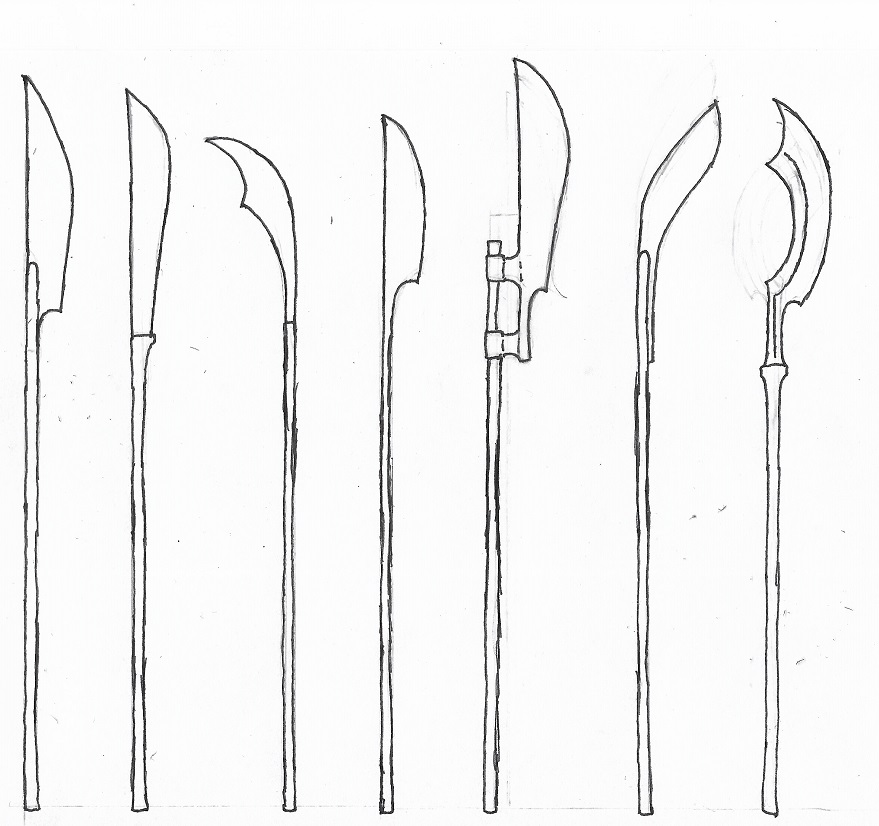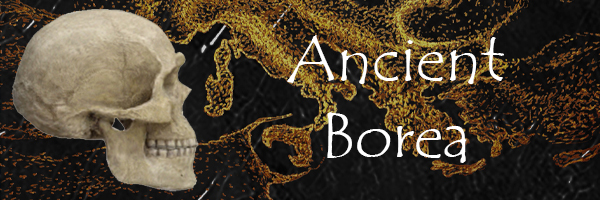Palæoboreanic Food-getting Strategies
Copyright © 1999-2020 C.E. by Dustin Jon Scott
Introduction
Palæoboreanic diet, cuisine, and food-getting strategies were surprisingly modern. Boreans planted crops, and hunted, fished, and trapped various animals for food.
Horticulture
Almost all Borean households in rural areas practiced some form of subsistence farming, and this was almost exclusively horticultural (although animal husbandry was practiced as a source of eggs and dairy products, most Borean communities were morally repulsed by the idea of slaughtering animals who they'd nurtured and cared for; hunting was the primary source of meat for most Boreans). Borean horticultural methods avoided monoculturing crops, as they believed monoculture was an invitation for blight, and preferred instead to grow mixed crops in which few if any plants of the same variety would be planted adjascent to one another.
Hunting
most of the Palæoboreanic cultures practiced hunting to some degree. Hunters in hilly, mountainous, or otherwise highland areas tended to hunt chamois (Rupicapra ssp.) Hunters in open lowlands and steppes tended to specialize more in bison (Bison sp.), tarpans (Equus ferus), and mammoths (Mammathus trogontherii, Palæoloxodon antiquus). In lowlands, near rivers, and in sparsely-wooded grasslands, buffalo (Hemibos galerianus) and aurochsen (Bos premigenius) were hunted. Wild boar (Sus scrofa) and fallow deer (Dama clactoniana) were hunted in all manner of terrain. Ipotames (Hippopotamus amphibius) were hunted in and near rivers and lakes. Cervids like Praemegaceros verticornis, Praemegaceros solilhacus, Cervus elephas, and Megaloceros savini were hunted, as were cattle such as Leptobos etruscus... Boreans sometimes trained grey wolves (Canis lupus), painted dogs (Lycaon lycanoides), or red foxes (Vulpes vulpes) to aid them in hunting.

|
Cursorial/Pursuit Hunting — this involved the chasing down of prey. Because Boreans, like other members of the genus Homo, were not particularly fast-running animals compared to most game, they employed the “wolf spider” or “Jason Vorheez” method of simply walking behind prey as it continues to exhaust itself attempting to gallop away. |
|
Ambush Hunting — |
|
|
Cliff-driving — the driving of large animals off of cliffs. |
|
|
Fowling — |
Trapping
Dire rats (Canariomys ssp.; e.g., C. siciliana), great beavers (Trogontherium ssp.), hares (Lepus europaeus, Hypolagus brachygnathus, &c.) and other large rodents and lagomorphs were sometimes hunted but were more often trapped. Sometimes Boreans would even resort to trapping much smaller and more plentiful jerboa (Dipodidae, e.g.: Allactaginae ssp.; Dipodinae ssp.), although this was generally avoided as jerboa provide very little meat for the trouble.
Fishing
Beluga sturgeon, grey mullets, surmullets, codfish, European congers, Mediterranean morays, halibuts, anchovies, mackerels, sardines, herring, carp, wels catfish,

